Transformers for Natural Language Processing. Build, train, and fine-tune deep neural network architectures for NLP with Python, Hugging Face, and OpenAI's GPT-3, ChatGPT, and GPT-4 - Second Edition Denis Rothman, Antonio Gulli
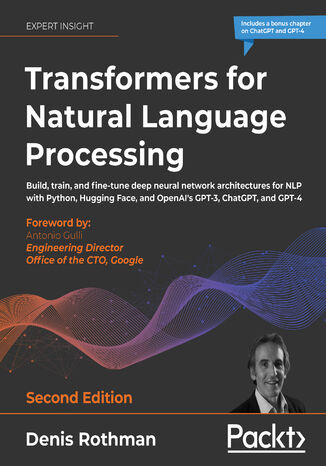



- Autorzy:
- Denis Rothman, Antonio Gulli
- Serie wydawnicze:
- Mastering
- Wydawnictwo:
- Packt Publishing
- Ocena:
- Stron:
- 602
- Dostępne formaty:
-
PDFePub
Opis
książki
:
Transformers for Natural Language Processing. Build, train, and fine-tune deep neural network architectures for NLP with Python, Hugging Face, and OpenAI's GPT-3, ChatGPT, and GPT-4 - Second Edition
Transformers for Natural Language Processing, 2nd Edition, guides you through the world of transformers, highlighting the strengths of different models and platforms, while teaching you the problem-solving skills you need to tackle model weaknesses.
You'll use Hugging Face to pretrain a RoBERTa model from scratch, from building the dataset to defining the data collator to training the model.
If you're looking to fine-tune a pretrained model, including GPT-3, then Transformers for Natural Language Processing, 2nd Edition, shows you how with step-by-step guides.
The book investigates machine translations, speech-to-text, text-to-speech, question-answering, and many more NLP tasks. It provides techniques to solve hard language problems and may even help with fake news anxiety (read chapter 13 for more details).
You'll see how cutting-edge platforms, such as OpenAI, have taken transformers beyond language into computer vision tasks and code creation using DALL-E 2, ChatGPT, and GPT-4.
By the end of this book, you'll know how transformers work and how to implement them and resolve issues like an AI detective.
Wybrane bestsellery
Denis Rothman, Antonio Gulli - pozostałe książki
Zobacz pozostałe książki z serii Mastering
Packt Publishing - inne książki
Dzięki opcji "Druk na żądanie" do sprzedaży wracają tytuły Grupy Helion, które cieszyły sie dużym zainteresowaniem, a których nakład został wyprzedany.
Dla naszych Czytelników wydrukowaliśmy dodatkową pulę egzemplarzy w technice druku cyfrowego.
Co powinieneś wiedzieć o usłudze "Druk na żądanie":
- usługa obejmuje tylko widoczną poniżej listę tytułów, którą na bieżąco aktualizujemy;
- cena książki może być wyższa od początkowej ceny detalicznej, co jest spowodowane kosztami druku cyfrowego (wyższymi niż koszty tradycyjnego druku offsetowego). Obowiązująca cena jest zawsze podawana na stronie WWW książki;
- zawartość książki wraz z dodatkami (płyta CD, DVD) odpowiada jej pierwotnemu wydaniu i jest w pełni komplementarna;
- usługa nie obejmuje książek w kolorze.
Masz pytanie o konkretny tytuł? Napisz do nas: sklep@helion.pl
Książka drukowana







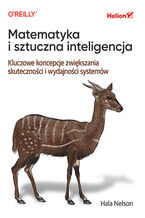

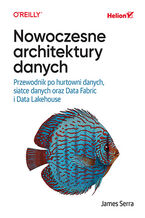

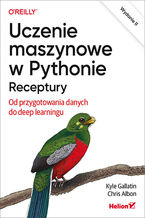

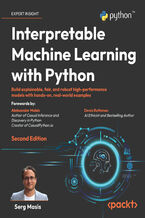

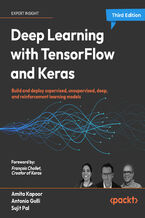
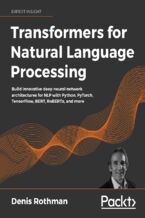
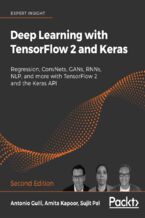
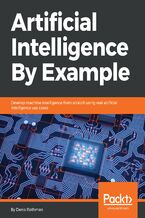
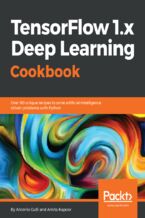
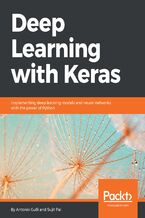
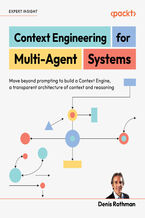
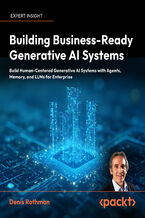


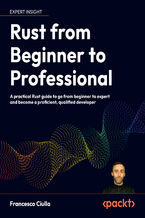

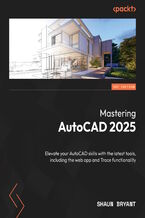
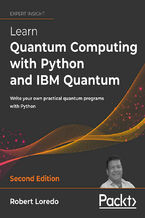

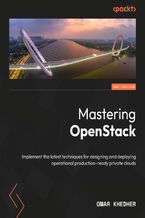

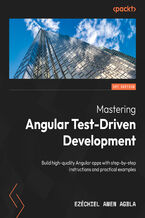
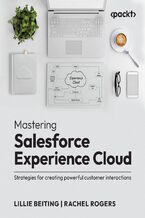





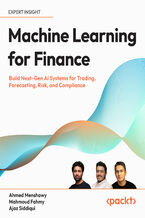
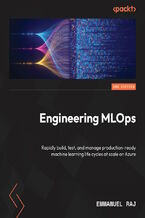
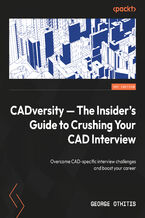
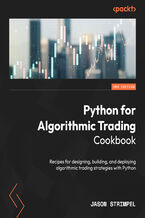

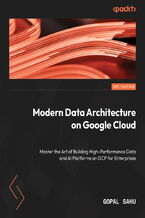
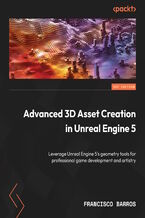
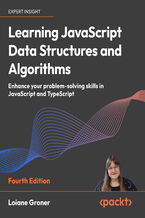
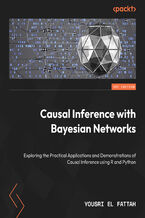
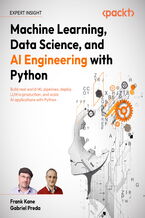



Oceny i opinie klientów: Transformers for Natural Language Processing. Build, train, and fine-tune deep neural network architectures for NLP with Python, Hugging Face, and OpenAI's GPT-3, ChatGPT, and GPT-4 - Second Edition Denis Rothman, Antonio Gulli
(0)